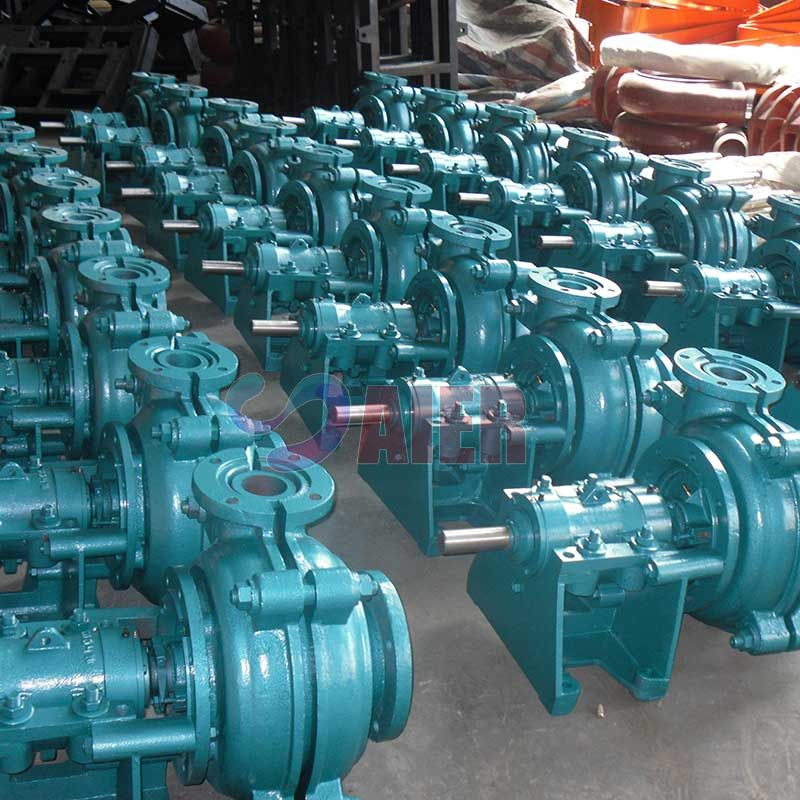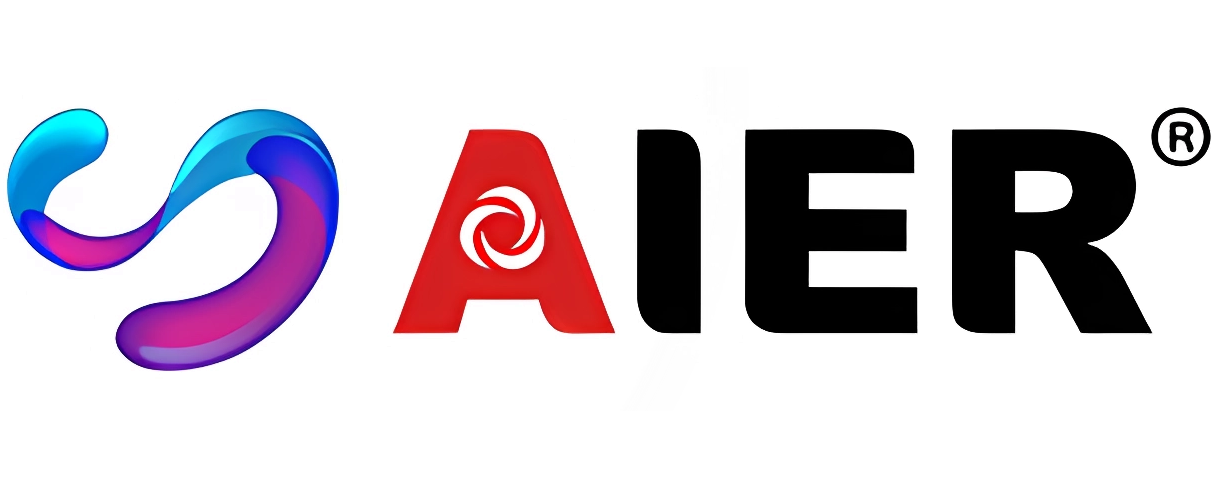Dec . 21, 2024 04:52 Back to list
Vertical Sump Pump Design and Manufacturing Guide for Industrial Applications
Understanding Vertical Sump Pumps Drawings and Manufacturing Insights
Vertical sump pumps are a crucial component in various industrial applications, particularly in managing water, wastewater, and slurry. Their design and efficiency play a significant role in operational performance, making the understanding of their drawings and manufacturing processes essential for engineers and industry professionals.
What is a Vertical Sump Pump?
A vertical sump pump is designed to handle liquids from sumps or tanks, particularly in situations where the liquid is contaminated or contains solid particles. Unlike other pump types, vertical sump pumps are submerged in the liquid they are pumping, which allows them to effectively manage high volumes of water or other fluids without the need for priming. This unique setup minimizes the risk of cavitation and enhances the pump's efficiency in handling challenging environments.
Importance of Drawings
The drawings of vertical sump pumps are integral to their design and functionality. These technical documents provide a blueprint for engineers to follow during the manufacturing process. They detail every aspect of the pump, including dimensions, materials, components, and assembly instructions. Accurate and comprehensive drawings ensure that the pump will perform as intended and meet the specific requirements of its application.
1. Component Illustration Drawings clearly illustrate all components of the pump, including the motor, impeller, casing, and base. Such detail is essential for identifying how parts interact and function together.
2. Dimension Specifications Precise dimensions are critical in pump design. Drawings provide the necessary measurements, ensuring that manufacturers produce components that fit well and operate efficiently.
3. Material Indications The materials used in constructing various pump components can significantly affect durability and performance. Drawings often specify these materials, which may vary based on the fluid being pumped and operating conditions.
vertical sump pump drawing factories

Manufacturing Insights
The manufacturing of vertical sump pumps is an intricate process that involves several stages, from raw material selection to final testing. Understanding the manufacturing workflow is vital for producing pumps that meet industry standards and performance metrics.
1. Material Selection The process begins with selecting appropriate materials, which may include stainless steel, cast iron, or specialized polymers. The choice largely depends on the application's demands and the properties of the fluid to be pumped.
2. Machining and Fabrication Once materials are selected, they undergo machining and fabrication. This process includes cutting, shaping, and assembling components according to the specifications outlined in the drawings. Advanced CNC (computer numerical control) machines are often used to ensure precision.
3. Assembly After machining, the components are assembled. This step requires a detailed understanding of the pump's design. Proper alignment and fitting are crucial to avoid operational inefficiencies and potential failures.
4. Testing Once assembled, the vertical sump pump undergoes rigorous testing. This phase checks for leaks, operational efficiency, and adherence to industry standards. Any deviations from expected performance can lead to redesigns or adjustments before the pump is finalized.
5. Quality Control Ongoing quality control measures ensure that each pump meets the expected criteria. This involves inspections, testing, and any necessary adjustments based on feedback or performance metrics.
Conclusion
Vertical sump pumps are vital in multiple sectors, including wastewater management, construction, and mining. Understanding their design through detailed drawings and insights into the manufacturing process is essential for ensuring reliability and efficiency. As industries continue to evolve, advancements in pump technology and manufacturing techniques will further enhance the effectiveness of these indispensable tools in liquid management.
-
High Quality Portable Submersible Slurry Pump Supplier & Manufacturer from China
NewsJun.10,2025
-
Slurry Pump Parts Manufacturer – High Quality Rubber Spare Parts from China
NewsJun.10,2025
-
High Quality 1/3 HP Submersible Sump Pump with Vertical - Reliable Supplier & Factory Price
NewsJun.10,2025
-
High-Efficiency Centrifugal Slurry Pumps India
NewsJun.10,2025
-
High Quality Warman Centrifugal Slurry Pump Suppliers & Factory
NewsJun.10,2025
-
Heavy Duty Submersible Pumps Robust & Reliable Solutions
NewsJun.09,2025
